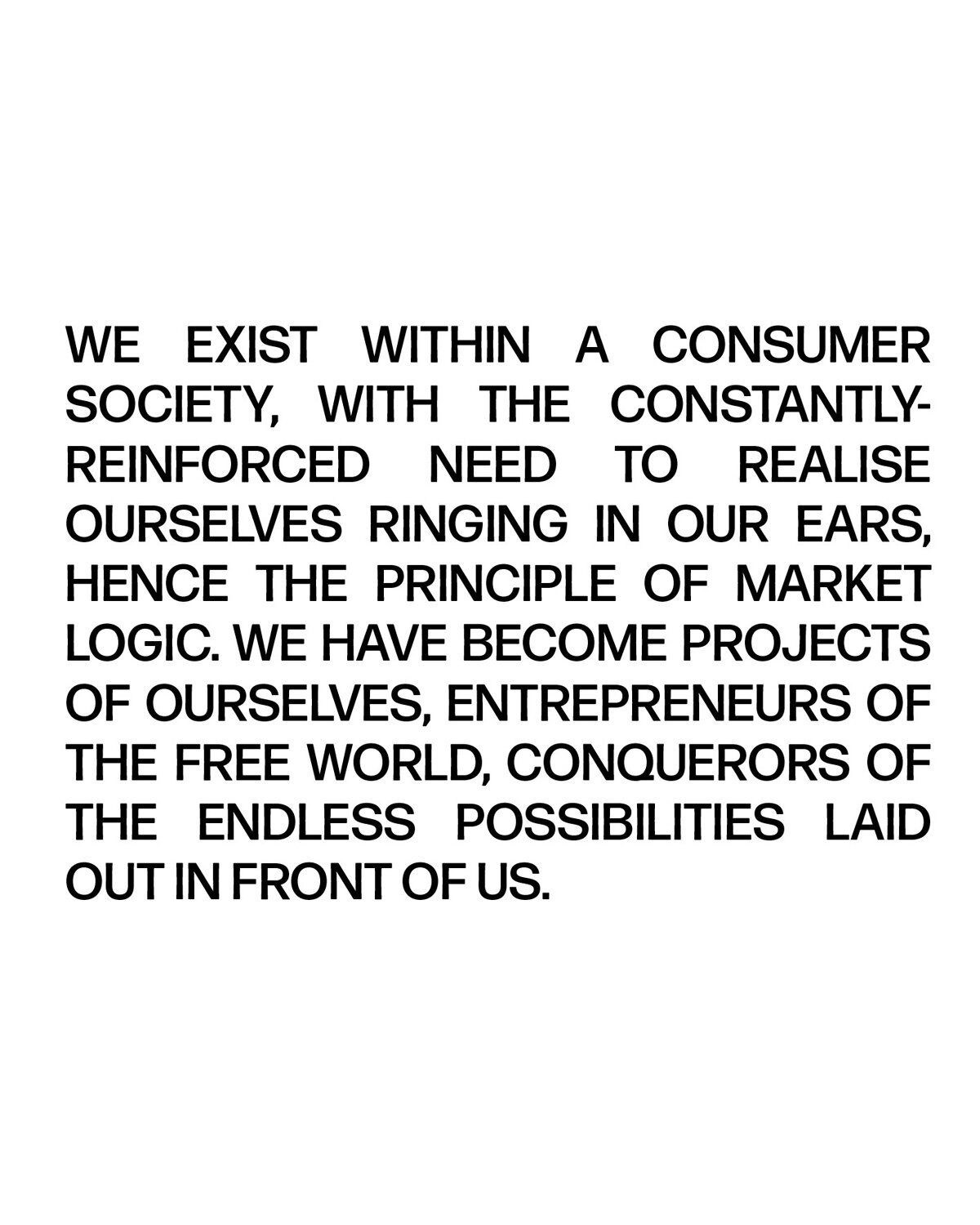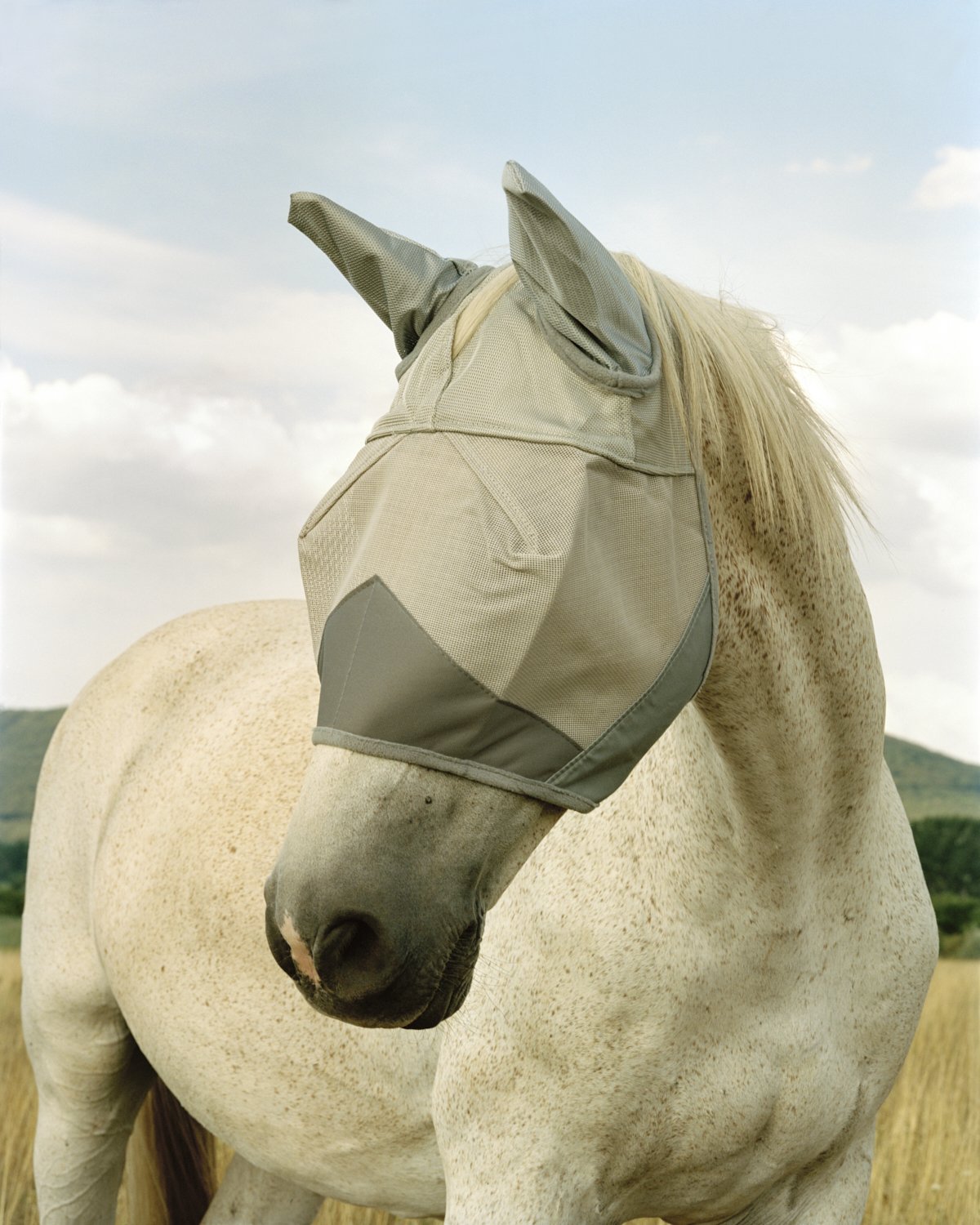kata geibl
Your name
Kata Geibl
Place of birth
Budapest, Hungary
Place where you live now
Budapest, Hungary, occasionally in The Hague, The Netherlands
3 words to describe you
instinctive, deliberate, enigmatic
Why do you take pictures?
To tell stories.
Where do you get your inspiration?
Through books and movies.
Who are your influences?
Taryn Simon, Mark Fisher, Tarkovsky
What determines the subject matter you choose?
What I find intriguing on a personal level, and then later while the project evolves how to make these topics accessible to the audience.
What impact would you like your art to have?
People making connections that they did not think about before.
What artwork do you never get bored with?
When it's all about aesthetics and style without any layers so in one word probably niche.
Is there anything you want to add?
no thank you.
Kata Geibl, Photography and Postmodernism
Text by Nadia E Carrizo






















